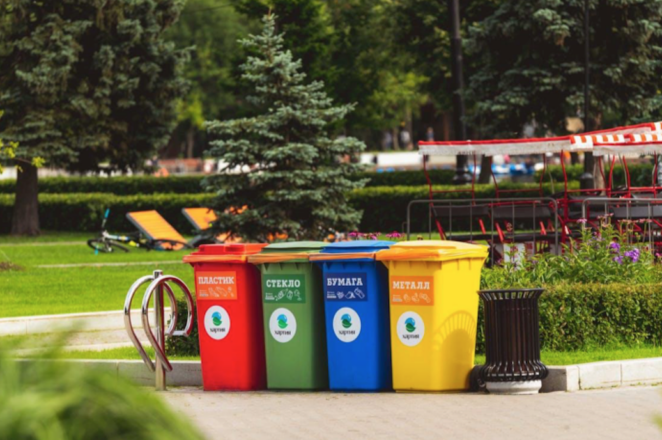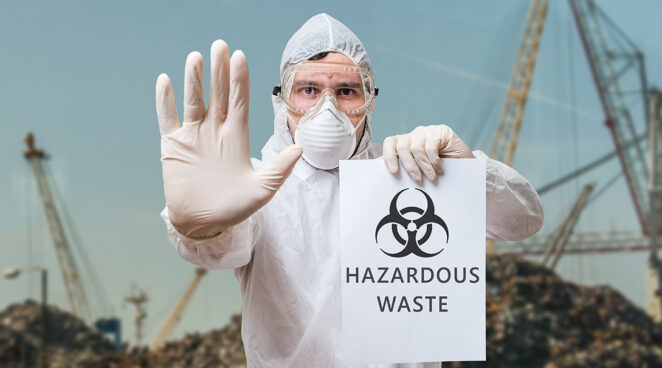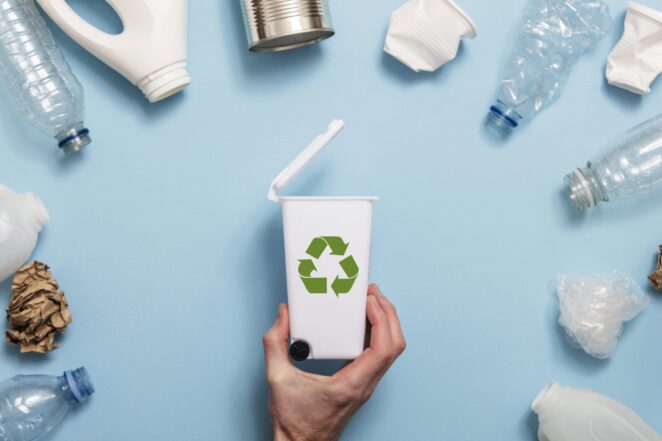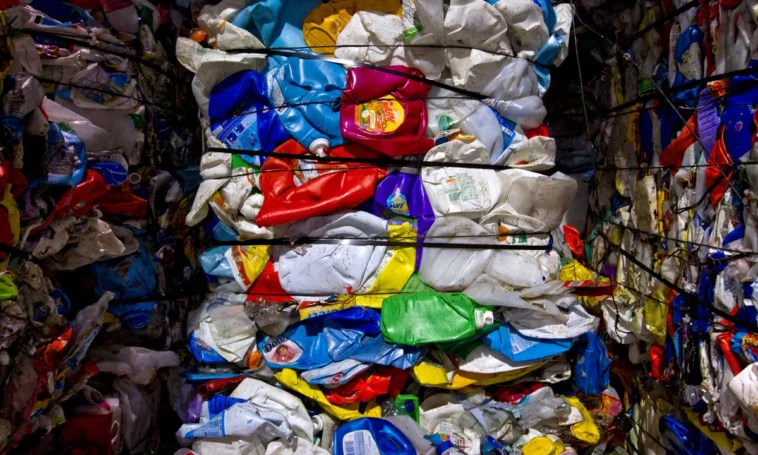As we go through life, we often accumulate a lot of household goods, from clothes to furniture to appliances. However, when it’s time to declutter or move, we may find ourselves with unwanted items that we need to dispose of. Unfortunately, many traditional methods of disposal, such as landfilling and incineration, can have negative environmental impacts. In this article, we’ll explore some alternative methods for disposing of unwanted household goods without upsetting the environment.
Donate or Sell
Donating or selling unwanted household goods not only helps reduce waste, but it also benefits the community. By donating to local charities or thrift stores, you can help support those in need and give new life to items that may otherwise have ended up in a landfill. Additionally, selling unwanted items can be a great way to reduce waste and make some extra money. Online marketplaces and garage sales offer easy and convenient ways to sell unwanted items and keep them out of landfills. By choosing to donate or sell unwanted household goods, we can make a positive impact on both the environment and our communities.
Eco-Friendly Disposal Services

In recent years, eco-friendly disposal services have become increasingly popular. These services specialize in environmentally-friendly disposal methods, such as recycling, repurposing, and washing machine removal services. They often work with local charities and non-profits to donate usable items and can provide documentation of how items were disposed of. While these services may be more expensive than traditional methods, they offer a convenient and environmentally conscious option for disposing of unwanted household goods.
Repurpose or Upcycle
Repurposing or upcycling unwanted household goods is not only an environmentally-friendly way of disposal, but it can also be a fun and creative project. With a little imagination and some DIY skills, old items can be transformed into something new and useful. From turning an old suitcase into a pet bed to transforming old jars into unique vases, the possibilities are endless. Additionally, repurposing or upcycling items can be a great way to save money on new purchases and add a personal touch to your home decor. So next time you have unwanted household goods, consider giving them new life through repurposing or upcycling.
Composting
Composting is an effective and sustainable method of disposing of organic waste that benefits both the environment and your garden. Composting reduces the amount of organic waste in landfills, which can produce harmful methane gas emissions. Instead, by composting, you can create a nutrient-rich soil amendment that can be used to nourish plants and improve soil quality. Composting is also an affordable and easy way to reduce your environmental impact and contribute to a more sustainable future. There are many different methods of composting, from traditional outdoor composting to indoor composting systems that can fit into small spaces. Whether you’re a seasoned gardener or new to composting, there are many resources available to help you get started and create a thriving compost pile.
Recycling
Recycling is a critical aspect of waste management that helps reduce waste and conserve resources. However, it’s essential to understand the recycling guidelines in your area to ensure that your efforts are effective. Different communities have different recycling programs, and not all materials are accepted for recycling. It’s important to research the specific materials that are accepted in your area, as well as any rules or guidelines for preparing recyclables for collection. This information can typically be found on your local waste management website or through your city or town’s recycling program. When recycling, it’s important to ensure that materials are properly sorted and cleaned to avoid contaminating the recycling stream. By following recycling guidelines and making an effort to recycle materials correctly, we can all do our part to reduce waste and conserve resources.
Hazardous Waste Disposal

Some household items, such as batteries, light bulbs, and electronic devices, contain hazardous materials that require special disposal methods. These items should never be thrown in the trash or recycled with other materials. It is necessary to take hazardous waste such as clinical waste to a designated clinical waste disposal facility or participate in a specialized collection event for hazardous materials to ensure proper disposal.
These facilities are equipped to safely handle and dispose of hazardous materials, reducing the risk of environmental contamination.
Reusable Packaging
In addition to proper disposal methods, it’s important to consider the waste generated by packaging materials during moves or decluttering. The use of disposable packaging materials such as boxes, tape, and packing peanuts can lead to a significant amount of waste. To reduce waste, consider using reusable options such as plastic totes or cloth bags. These options not only reduce waste but can also be used for future moves or storage needs. Reusable packaging materials can be purchased or rented, and many moving companies now offer eco-friendly packing options. By opting for reusable packaging materials, we can reduce waste and contribute to a more sustainable future.

Final Thoughts
Disposing of unwanted household goods can be challenging, but it’s important to do so in an environmentally-conscious way. By donating or selling items, repurposing or upcycling, composting, recycling, and using eco-friendly disposal services, we can reduce waste and keep unwanted items out of landfills. Additionally, it’s important to properly dispose of hazardous materials and consider the amount of waste generated by packaging materials during moves or decluttering.
The use of disposable packaging materials such as boxes, tape, and packing peanuts can lead to a significant amount of waste. To reduce waste, consider using reusable options such as plastic totes or cloth bags. These options not only reduce waste but can also be used for future moves or storage needs. Reusable packaging materials can be purchased or rented, and many moving companies now offer eco-friendly packing options.
When disposing of household goods, it’s essential to research local disposal options and follow guidelines carefully to avoid contaminating the environment. Additionally, it’s important to recognize the environmental impact of our consumer choices and make efforts to reduce our consumption and waste in the first place. By opting for reusable, sustainable products and reducing our reliance on single-use items, we can significantly reduce our environmental impact. With a little effort and mindfulness, we can all do our part to create a more sustainable future.




